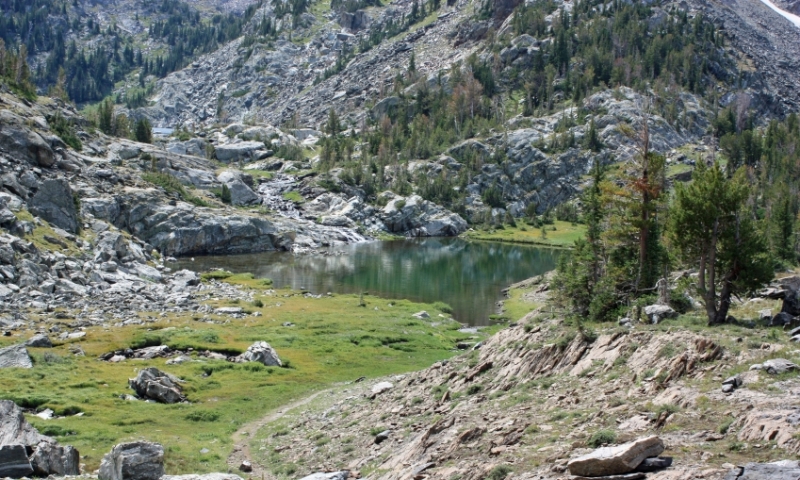- Late summer is peak tourist season in the Gallatin Mountains.
- The Gallatins contain the world’s most extensive petrified forest.
- This is a great place for wildlife viewing as the area is one of the best habitats for grizzly bears, bighorn sheep, mountain goats, and mule deer.
Overview
The Gallatin Mountains of Montana provide visitors to Gallatin National Forest with a multitude of outdoor recreational opportunities, including many miles of hiking trails, Blue-ribbon trout streams, rivers, and high mountain lakes and reservoirs.
Location/Directions
The Gallatin Mountain Range is located in Montana and Wyoming. The Mountains range 75 miles north to south and averages 20 miles in width.
The southernmost peaks of the range are in the northwestern section of Yellowstone National Park; however, the majority of the range is in Gallatin National Forest.
The Yellowstone River flows north on the eastern flank of the range. The Madison Range parallels the Gallatin Mountains to the west. The northern end of the range is near Livingston, Montana and Bozeman Pass separates these Mountains from the Bridger Mountains to the north.
Gallatin National Forest
P.O. Box 130
Bozeman, MT 59771
(406) 587-6701
Seasons
Simply because of their high altitude and the fact that they are “mountains” the late summer is the peak tourist season in the Gallatin Mountains, but the winter offers countless outdoor adventures as well. In the winter season, the snow blanketed mountain peaks receive 400 inches of snow every year, insuring that the cross-country skiing trails are numerous and varied.
Activities
The Gallatin Range consists of volcanic rocks with open ridges steep peaks, vast meadows, sagebrush slopes and forests.
This is a great place for wildlife viewing as the area is one of the best habitats for grizzly bears, bighorn sheep, mountain goats, and mule deer. Here you will find large elk herds, wolves and even lynx. The Gallatins provide a home to 23 plants and animals, which are threatened, endangered or sensitive.
This range is also an essential wildlife corridor linking the Yellowstone region with the Northern Continental Divide ecosystem and points north to Alaska.
The Gallatins also contain the world’s most extensive petrified forest, headwaters for blue-ribbon fisheries and the source of the drinking water for The City of Bozeman, Montana.
First traversed by Lewis and Clark in 1806, the Gallatins have become a popular hiking area with hundreds of miles of public trails currently accessible.






